At the end of the front cover post I mentioned that we were working with a plastic sheet supplier to design an adhesive protector for the cover. I was pretty excited when I got the package today, but that excitement quickly turned into rage and frustration as soon as I opened it: the parts that should have been transparent are red instead.
So instead of a technical overview of the solution, I will use this post to rant about suppliers and hopefully give you some hints to avoid making my same mistakes.
Dealing with suppliers is like getting arrested: Everything you say (but especially everything you don't say) will be used against you.
When buying custom products you have to interface with people working in companies making them and, especially in big companies, they are usually underqualified for their jobs (if you're lucky) or downright hate them (if you're not lucky), with a wide range of not giving a s**t in the middle.
It becomes clear pretty soon that the average person with an average job usually lacks the enthusiasm that an entrepreneur puts on its own creature, and that is perfectly understandable. However, sometimes it feels like they're actively trying to sabotage you, making every possible mistake, even against common sense. Here's a showreel of a few cases that happened to me:
Front cover
As I mentioned earlier in this post, I received the cover sticker samples with a red transparency (instead of a plain transparency). But why? Here's the email I wrote to the supplier (roughly translated):
Hello, please find the dimension in the attached cad file and the image to print on the plastic. I highlighted the holes in yellow, and the transparent parts in red.
Also note that the supplier knew that we had RGB LEDs there, because we showed them a prototype in our meeting. They went on vacation between our meeting and the samples production though, so it's possible they didn't remember. I'll take 30% of the blame here.
Chinese suppliers - clock drive
A few years ago I had a bunch of pilot circuits for mechanical clocks manufactured from a Chinese PCBA company. The project was really simple, instructions seemed very clear, I sent pictures and diagrams, and they still managed to mess everything up. First of all, I must admit a simple mistake: I used the Seeed OPL parts library because I originally intended to have my circuits built by them (I didn't). This library has hundreds of different resistor parts, each with its own value, instead of the normal RCL library I usually use that has a single resistor part where you just edit the value. Having edited the values of these parts, I thought I was good but I didn't notice how the "Device" field was reported in the BOM.
So the manufacturer wrote me:
- R2 is 47R or 4.7K ?it’s quite ambiguous in the BOM list. - R5 is 6.8K or 68K ?it’s quite ambiguous in the BOM list.
To which I replied:
- R2, R7, R10 are 4,7K - R5, R11 are 68K
AND OF COURSE THEY ASSEMBLED 47R AND 6.8K RESISTORS.
I should have noticed that when they sent me the pictures of the assembled boards, but I was too distracted by the f**k-up they did with the cable:
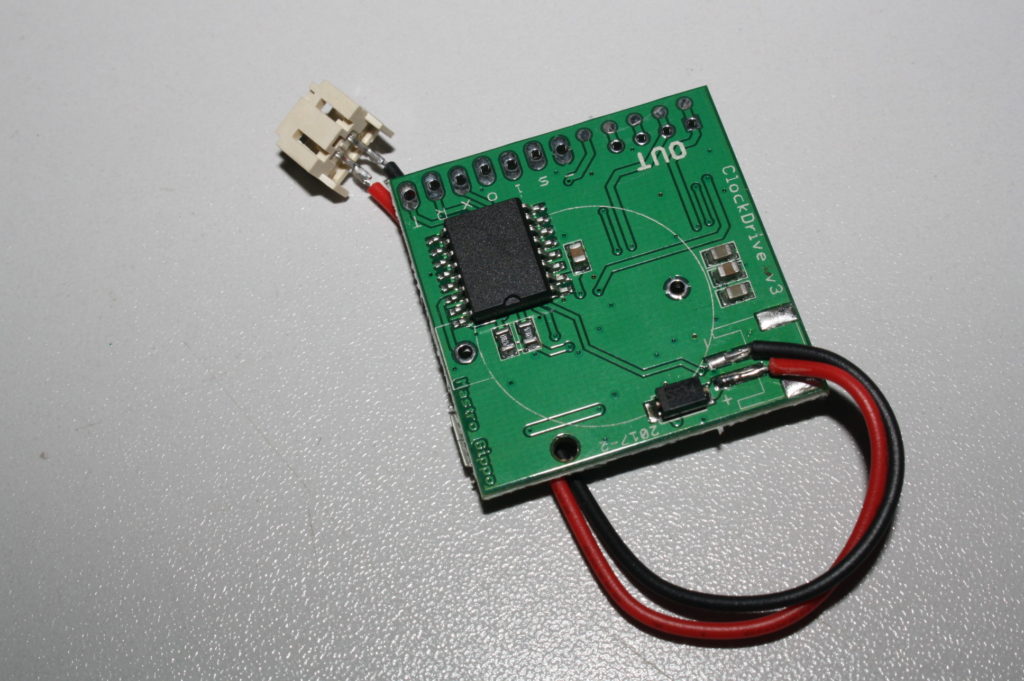
I may understand the confusion, as I also required matching cables and connectors, but why on earth would you do something like that? So I explained very well the problem, and they reworked the boards installing the connectors directly on the PCBs. I wrote:
There must be a misunderstanding. Both connectors must be soldered directly on the pcb without the cable! Then i need the mating connector plus some cable as an accessory separated from the board.
Pretty clear despite my bad handwriting, right? WRONG! Here's what I got: the 4 pins connectors with only 2 arbitrary cables inserted, and a bunch of useless female connectors that they no doubt recovered from the wrong PCBs:
But at least the connectors on the PCB were installed correctly, and new cables were pretty cheap from aliexpress.
So here's the lessons I learned from this:
- Find a supplier with a lot of patience
- Ask them to take a high res picture of the first PCB out of the production line before assembling all the others; promise to reply within an hour so you won't cause too much downtime for them. Then CHECK CAREFULLY every single component and solder joint.
- Make a prototype and send them pictures explaining the details. They will miss most of them, but it's worth trying. For this PCB I only had a rough prototype on a homemade board - JLCPCB didn't exist at that time so it was expensive to provide a real sample.
- Try to find a way to escrow the money. They will probably not accept that for small orders though.
- If at all possible, use assembly services like JLCPCB that is fully automated or Seeed. JLC didn't exist, and Seeed costed twice what the other company offered so I took the chance (and still came out ahead btw, if you don't count stress).
Of course, this applies for small runs; if you're manufacturing hundreds of parts you should at least ship a prototype to them, setup a testing jig at their factory, and travel there to oversee at least the first batch.
Chinese suppliers 2 - Prism
I started talking with the new, reputable OEM company well in advance this time. Before committing to PCBs, and as a way to test them, I had them make me 5 different cable samples. So I specified colors for each wire of the different cables. After a while, my contact with the factory told me that they only had black wires with 600V rating, so one of the cables would have three black wires. It was ok because they could be connected interchangeably. And then she said:
for other wire, if we have color, we will use color. if don't have much choice, we will use black, ok?
And that wasn't a problem either, because there were only two other wires in that cable rated at 300V, and they were interchangeable too, so I could easily deal with an all-black cable.
And of course, all the CABLES arrived with black WIRES, except the cable where I actually expected all black wires that instead got two red wires.
I also had them manufacture a small test run of boards, and that went (almost) great! So the lesson here is: Chinese companies will try to do everything you ask them, even if it's not their primary business. Instead of simply telling me that they didn't manufacture cables, they tried to make them anyway, with very poor results. Make sure you check their capabilities! I found another company making cables 15 minutes from home, and everything went perfectly, despite costing twice the Chinese. Another tip: if the price difference is not too big, always prefer local companies. The cables are a very small part of the total cost of the product, so that makes a lot of sense for me. On the other hand, assembling PCBs here is just not economically feasible.
DIN box
In this company, the woman in charge of taking customer orders clearly states in every email that the final customer have to carefully check that she transcribed correctly what you write her, and if she made any mistakes that you don't spot you're fully responsible for that and will accept and pay the order as-is. And oh boy, did she make mistakes. We soon figured out the reason for that disclaimer: despite clearly stating our requirements and including her in every communication with the technical department, she always found ways to sneak in at least one or two mistakes on every document she prepared, almost as if it was on purpose. After the first ones we learnt our lesson and meticulously checked every single word she typed; this took quite a while, but in the end we got the product we needed. And don't get me started about the bulls**t bureaucracy and formality required by this particular company, that amounted to 53 emails exchanged just to get some samples.
I understand that we're a small customer, but this has been so frustrating and time consuming that I'm seriously considering other alternatives when I will scale production.
And while I talked well about the plastic manufacturer in the previous post, they too made a mistake while producing the first samples: molds are symmetrical and they didn't place reference pins, so they mounted one rotated 180°. Luckily this only meant that some non-important features were placed on the opposite side, and they immediately corrected the problem and printed more samples.
In hindsight, we've just been a bit unlucky but our diligent babysitting prevented at least the biggest mistakes, and that made us waste A LOT of time but thankfully not that much money. I guess that scaling up we'll need to get personnel just to babysit suppliers, and that's frustrating as I'd rather hire more engineers.
It's interesting how many processes are being standardized and automated and now require almost no human intervention, like the LCSC assembly service, that should leave you the responsibility of sending all the correct data in the format they expect in the first place, with an instant feedback previewing what they will manufacture to find any discrepancies before committing. That's the future; I guess I'll throw a party when the DIN box woman will be replaced by a small shell script.
 Mastro Gippo
Mastro Gippo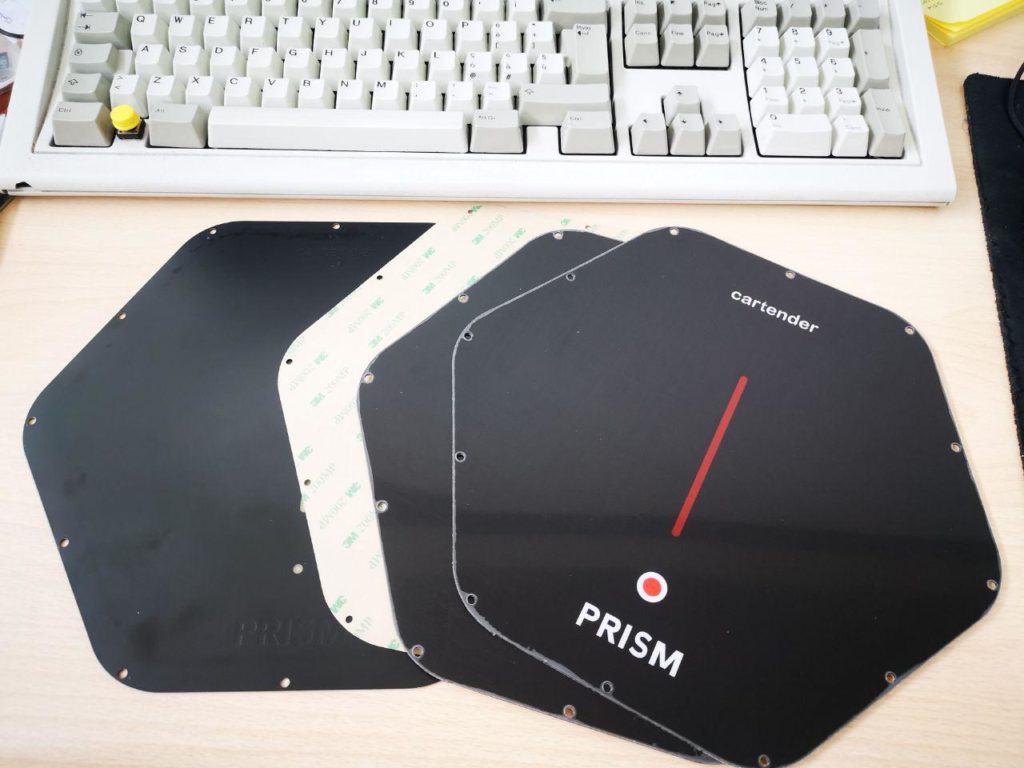
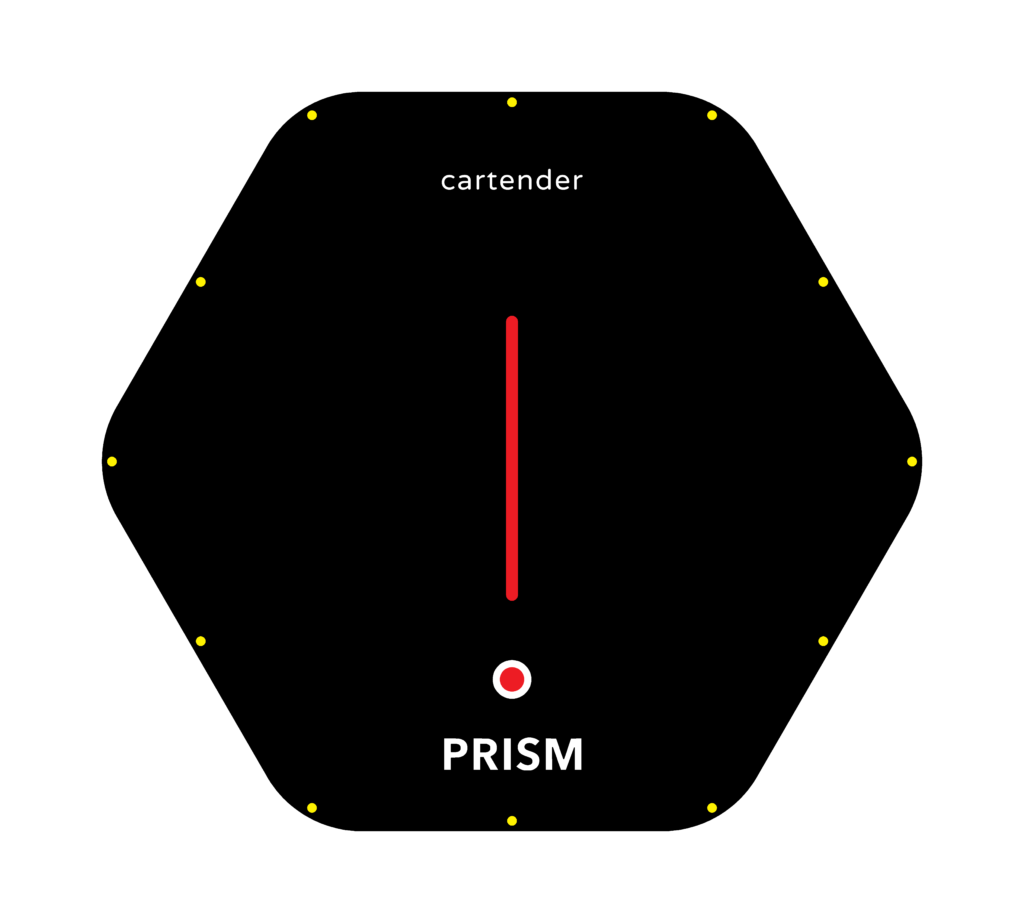
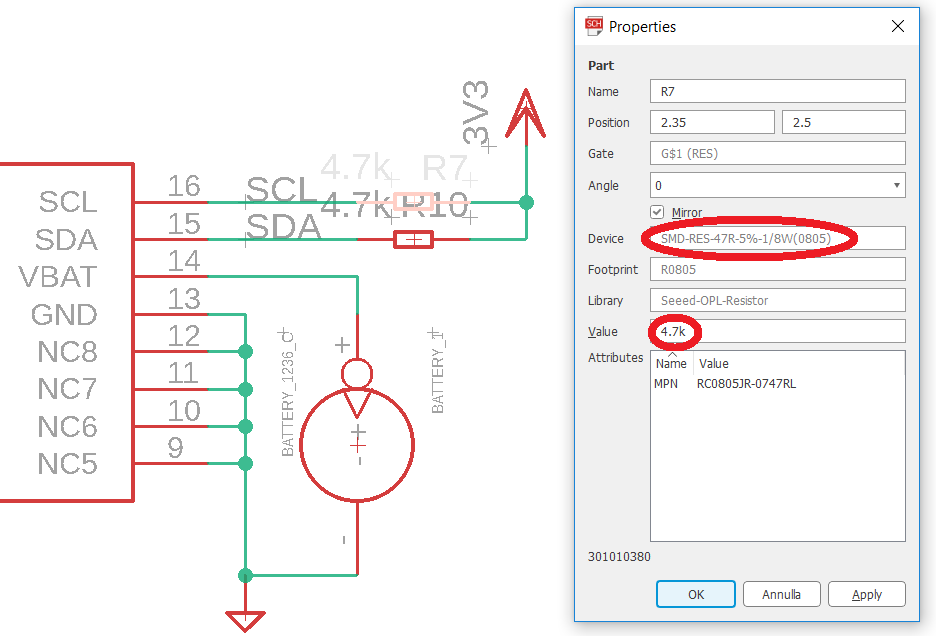
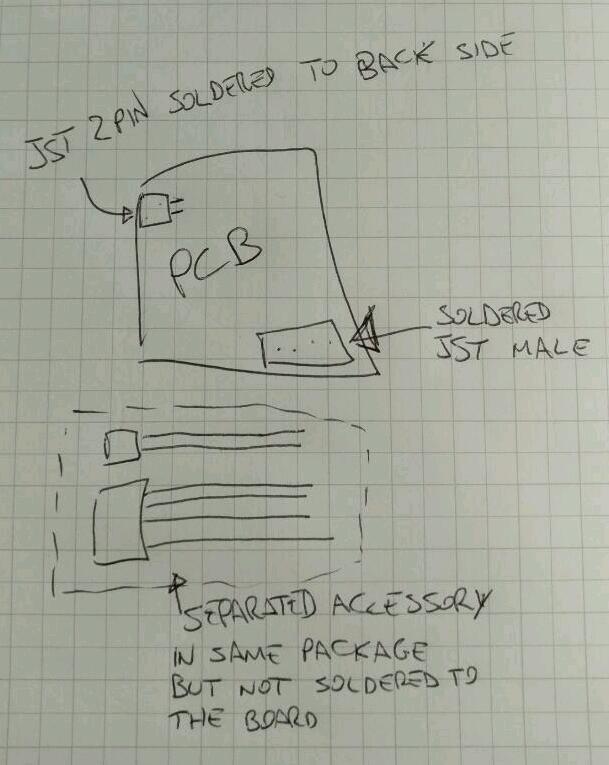
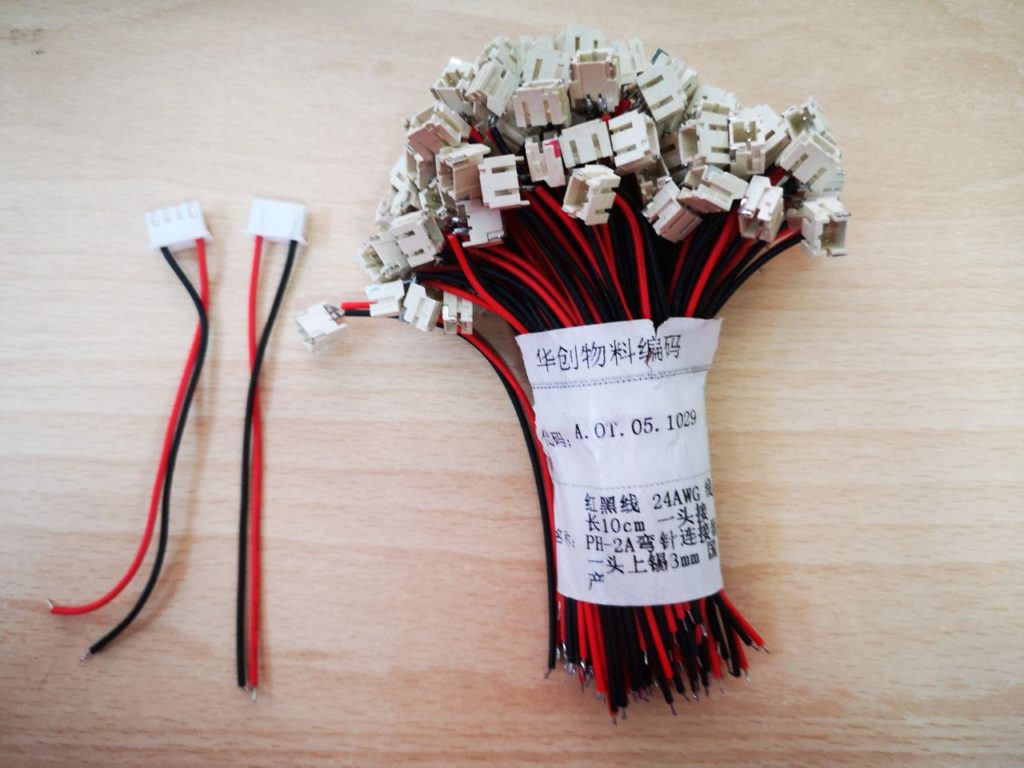
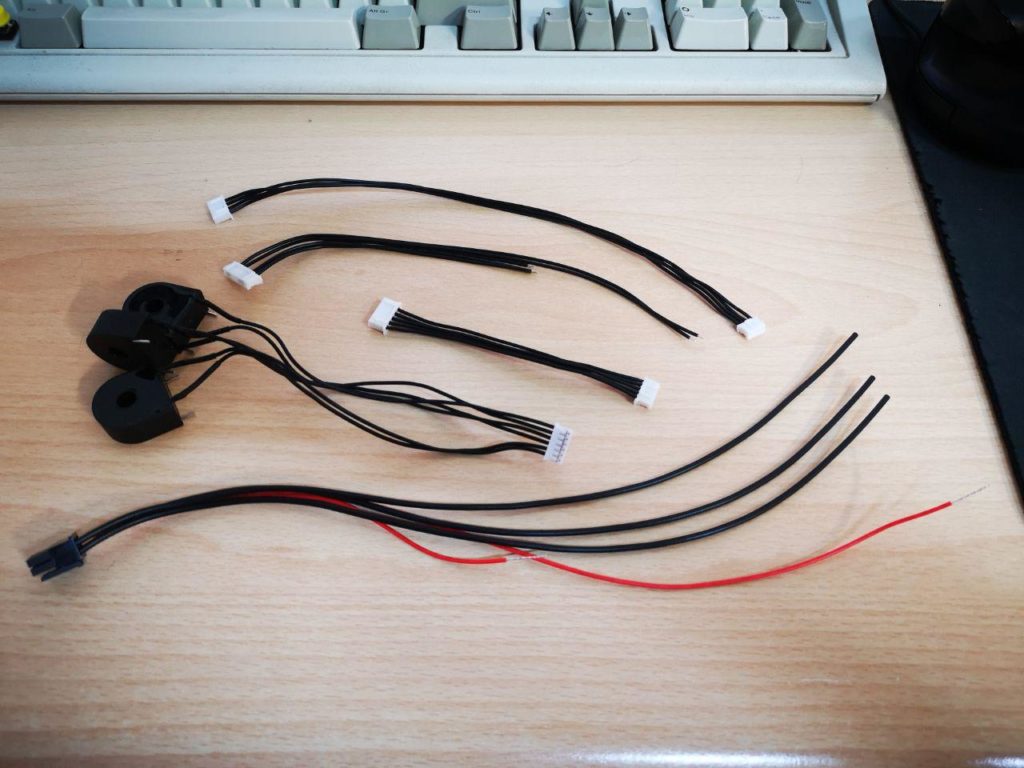
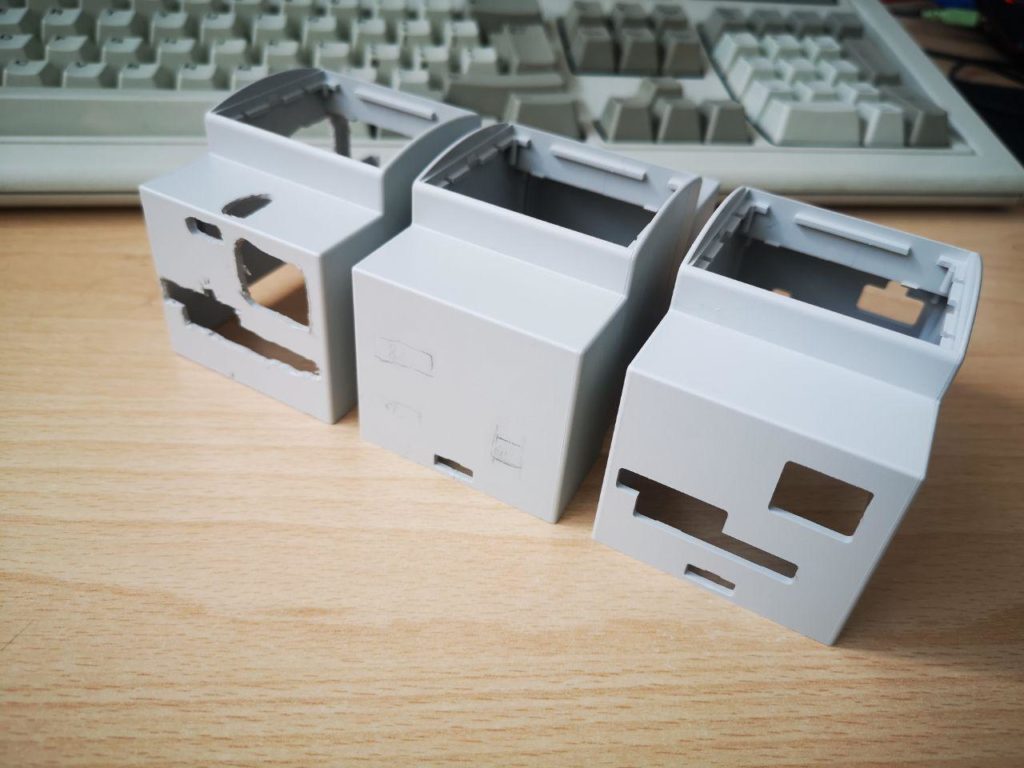
Discussions
Become a Hackaday.io Member
Create an account to leave a comment. Already have an account? Log In.